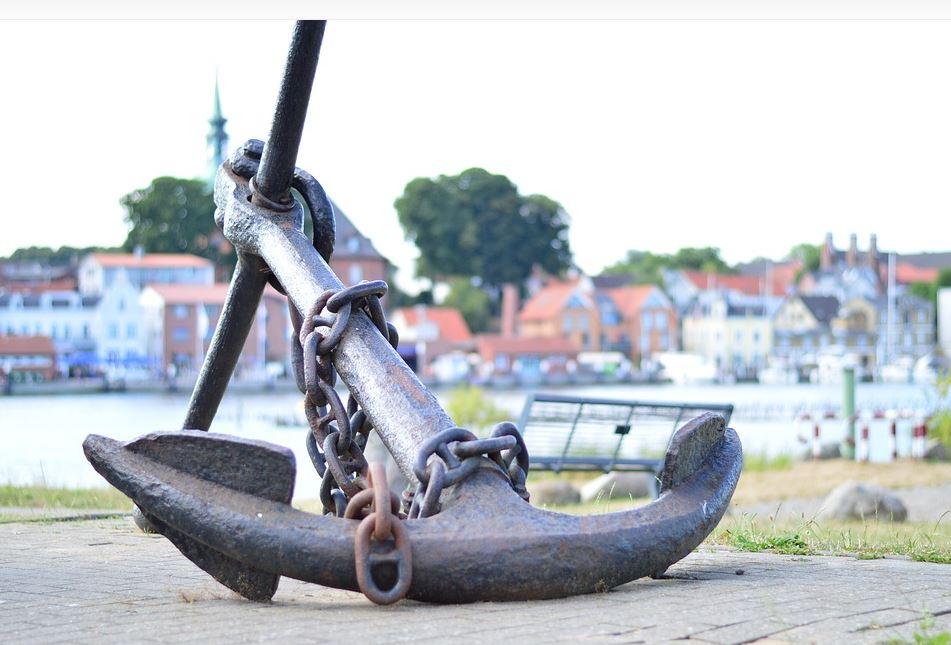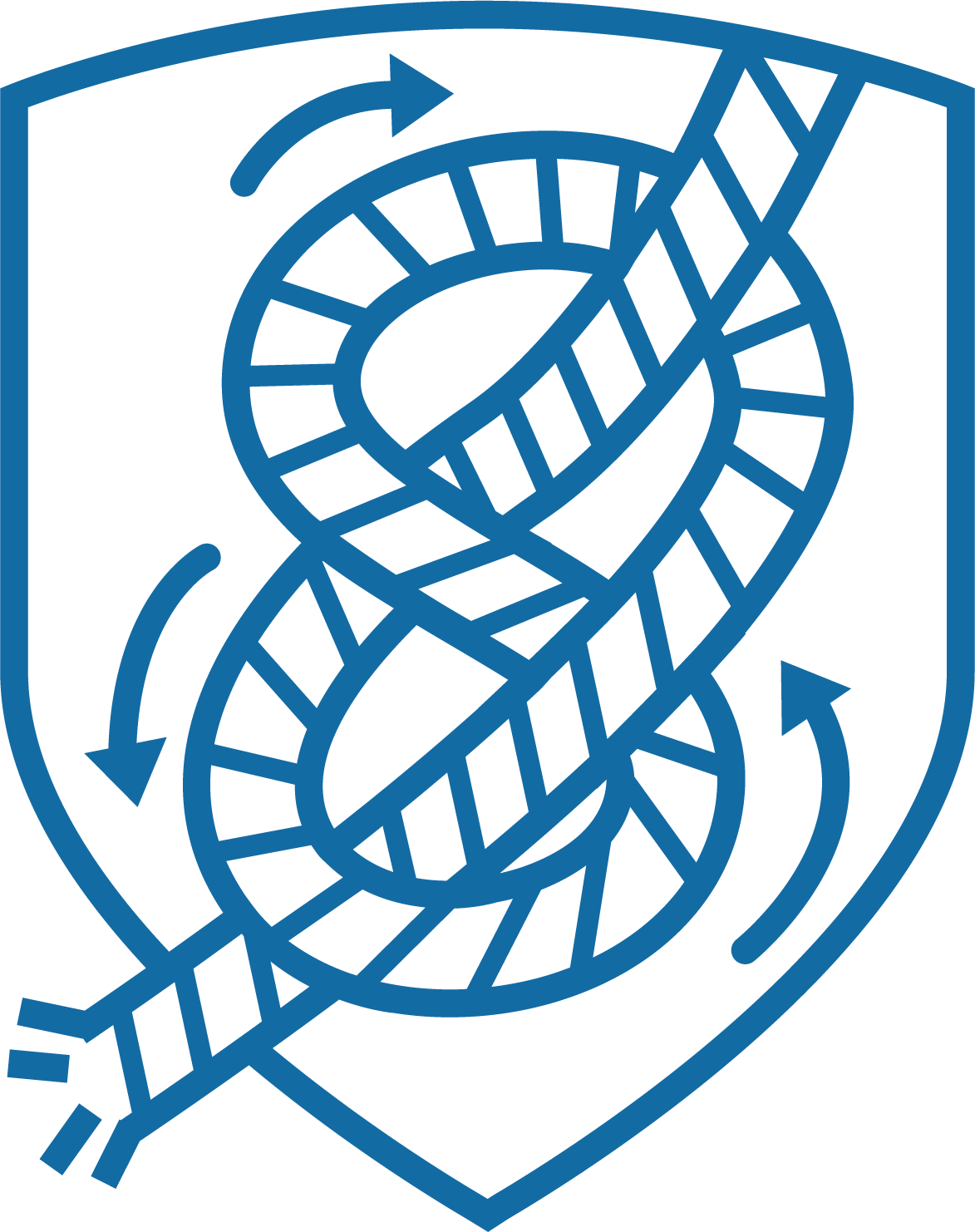European Patent

The European Patent Convention is an open agreement, which means that it can be utilized by individuals from countries that are not members of the convention. A European patent can also be obtained through the international patent application system known as the Patent Cooperation Treaty (PCT).
In Finland, a European patent application can be filed with the Finnish Patent and Registration Office or directly with the European Patent Office. The applicant can submit the European patent application in any language but must provide a translation into one of the official languages of the European Patent Office (English, French, or German) within a two-month deadline.
Processing of European Patent Application
Upon receipt of the application at the European Patent Office, the application undergoes a formal examination. After the formal examination, a prior art search is conducted, and an examination report is prepared.
As part of the examination report, the European Patent Office provides an opinion on the patentability of the technical solution claimed in the application and highlights any potential patentability obstacles. If the European patent application is a continuation of a PCT application where the examining authority was the European Patent Office, the prior art search is already conducted during the PCT phase.
The examination report is sent to the applicant for information. Based on the examination report, the applicant has the option to withdraw the application if they consider the chances of success to be low.
The European patent application is published 18 months after the filing date or priority date. If the applicant has paid the designation fee upon filing the European patent application, the European Patent Office automatically continues with the examination after the examination report. If the designation fee has not been paid, the applicant must, within six months from the notification of the examination report, request the continuation of the examination and pay the designation fee.
The examination division of the European Patent Office examines the patentability requirements of the application, requesting additional statements or amendments from the applicant as necessary. Subsequently, the examination division either grants the patent or rejects the application. Within four months from the grant decision, the applicant must pay the grant fee and translate the patent claims into two other official languages of the European Patent Office.
Granting of the European Patent
The granting of a European patent is announced by the authority in the European Patent Bulletin, marking the beginning of a nine-month opposition period. After the grant of the European patent, the applicant must separately validate the patent in the member states of the agreement where the European patent has been granted based on designation fees. In principle, the national validation must take place within three months from the announcement of the grant of the patent.
Changes to European Patent Legislation
The European patent system underwent significant changes in 2023, as a granted application at the European Patent Office (EPO) can be validated as a unitary patent, establishing the Unified Patent Court (UPC). The UPC has jurisdiction over all disputes related to unitary patents. Furthermore, disputes concerning existing European patents can also be resolved in UPC courts, unless the patent holder makes an opt-out declaration.












